Single Stage ORIF of Low Energy Pilon Fracture in a 59-Year-Old Female
Score and Comment on this Case
Clinical Details
Clinical and radiological findings: A 59-year-old female presented two weeks post-injury after slipping off a curb. Initial management at an outside facility included splinting, with subsequent follow-up advised elsewhere. On presentation, the patient exhibited mild swelling and intact skin without blisters, indicating a closed injury. Radiographic evaluation confirmed a low energy pilon fracture with no articular impaction.
Preoperative Plan
Planning remarks: The preoperative plan involved a single stage open reduction and internal fixation (ORIF) due to the low energy nature of the injury and minimal soft tissue compromise. A modified extensile anterolateral approach was selected to facilitate access to the fracture lines and allow for optimal reduction of the metaphyseal fragments.
Surgical Discussion
Patient positioning: The patient was positioned supine on the operating table with the affected limb elevated to optimize exposure and facilitate surgical access.
Anatomical surgical approach: A modified extensile anterolateral approach was employed. The incision extended along the anterolateral aspect of the distal tibia. The anterior compartment was retracted laterally to expose the fracture site. An arthrotomy was performed at the medial border of the Chaput fragment to access the joint. The Chaput fragment was rotated out, allowing reduction of the medial fragment to the Volkmann fragment, followed by reduction of the Chaput fragment itself. Proximally, the anterior compartment was retracted laterally to access and anatomically reduce the metaphyseal fragments.
Operative remarks:The surgeon noted that the single stage approach was feasible due to the low energy mechanism and minimal soft tissue involvement. The modified extensile anterolateral approach provided adequate exposure for reduction and fixation of the fracture fragments. Careful handling of soft tissues was emphasized to prevent complications.
Postoperative protocol: Postoperatively, the patient was advised to maintain non-weight bearing status for six weeks, followed by gradual weight-bearing as tolerated. Range of motion exercises were initiated early to prevent joint stiffness.
Follow up: Not specified.
Orthopaedic implants used: Orthopaedic implants used included a distal tibial locking plate and screws for fixation of the pilon fracture.
Search for Related Literature

orthopaedic_trauma
- United States , Seattle
- Area of Specialty - General Trauma
- Position - Specialist Consultant

Industry Sponsership
contact us for advertising opportunities
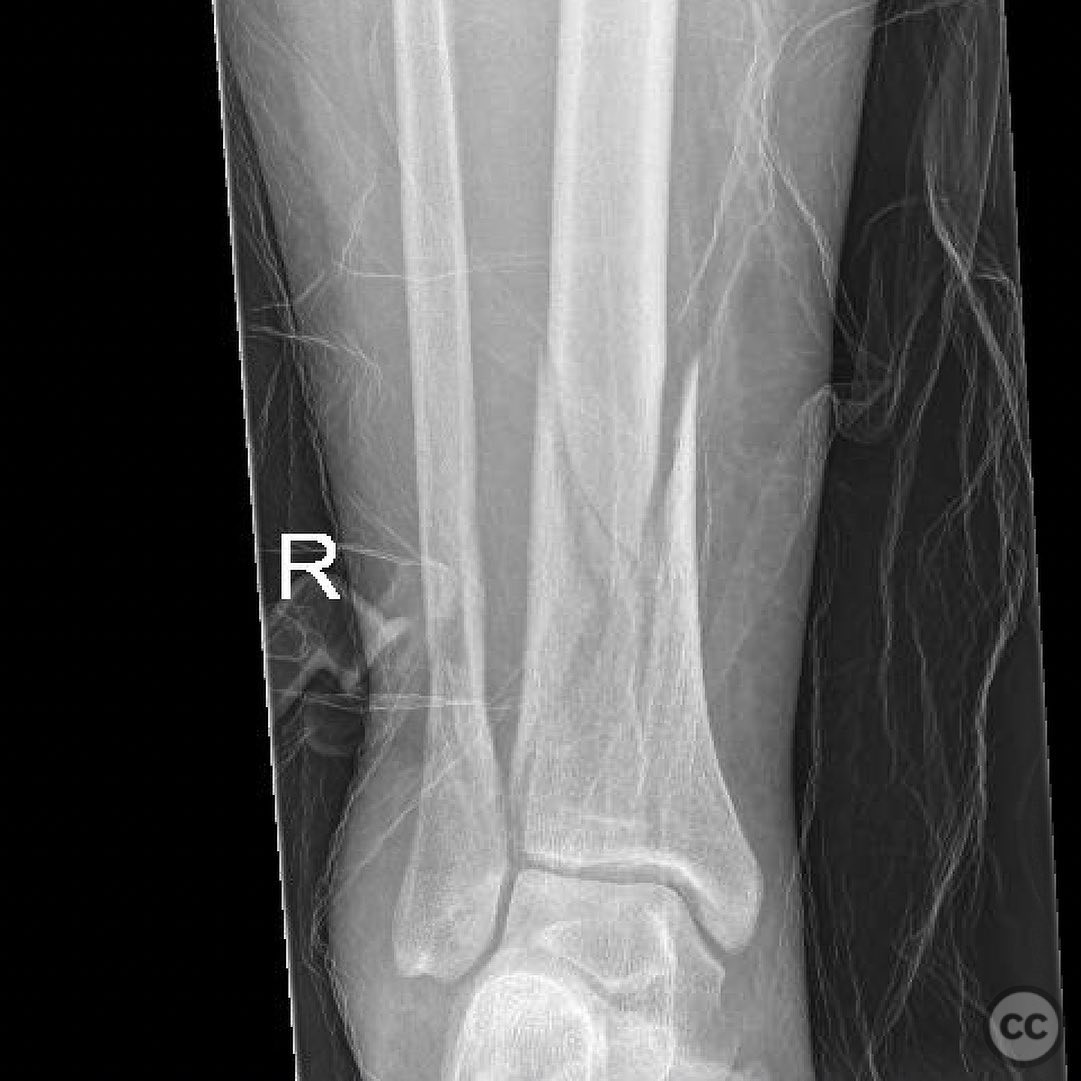
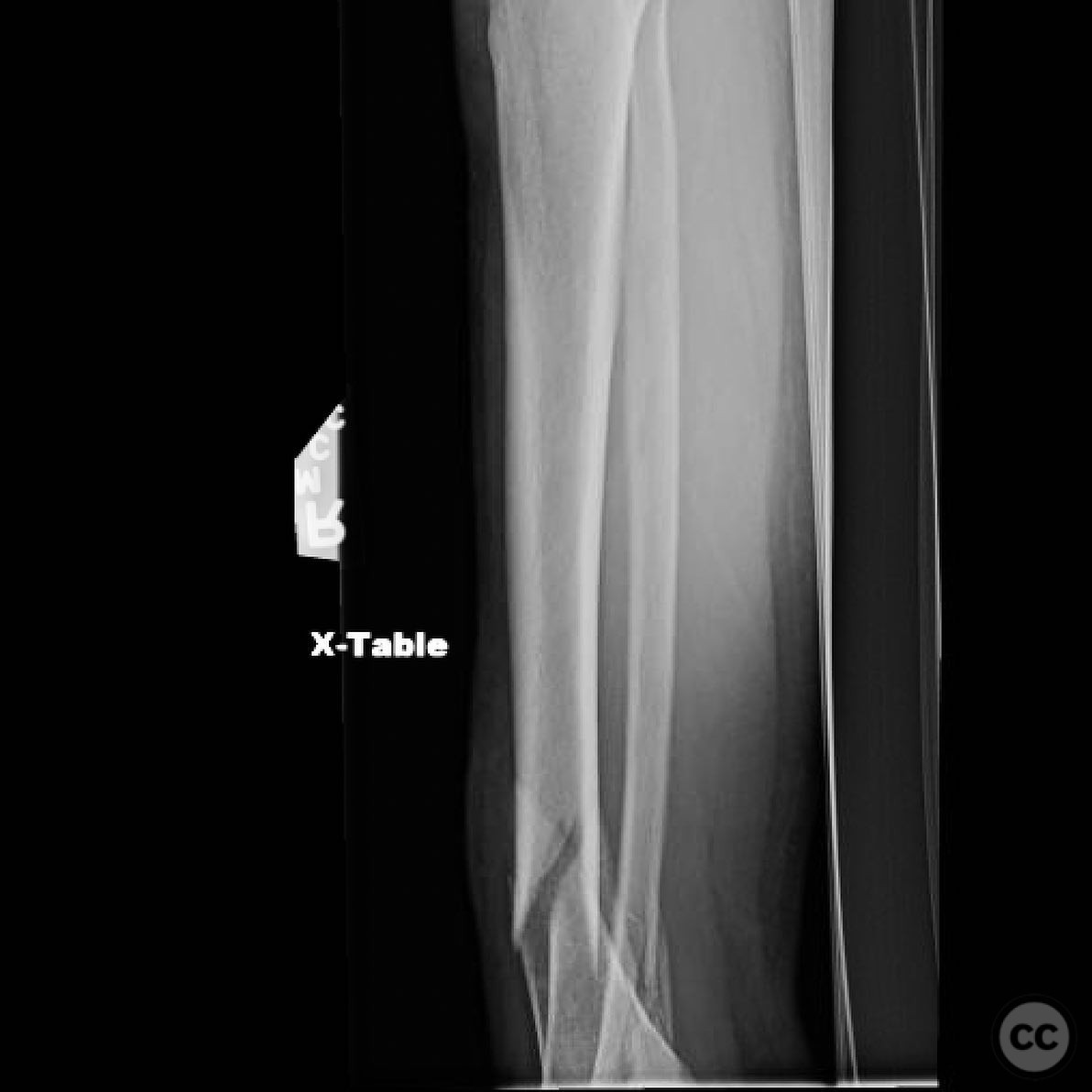
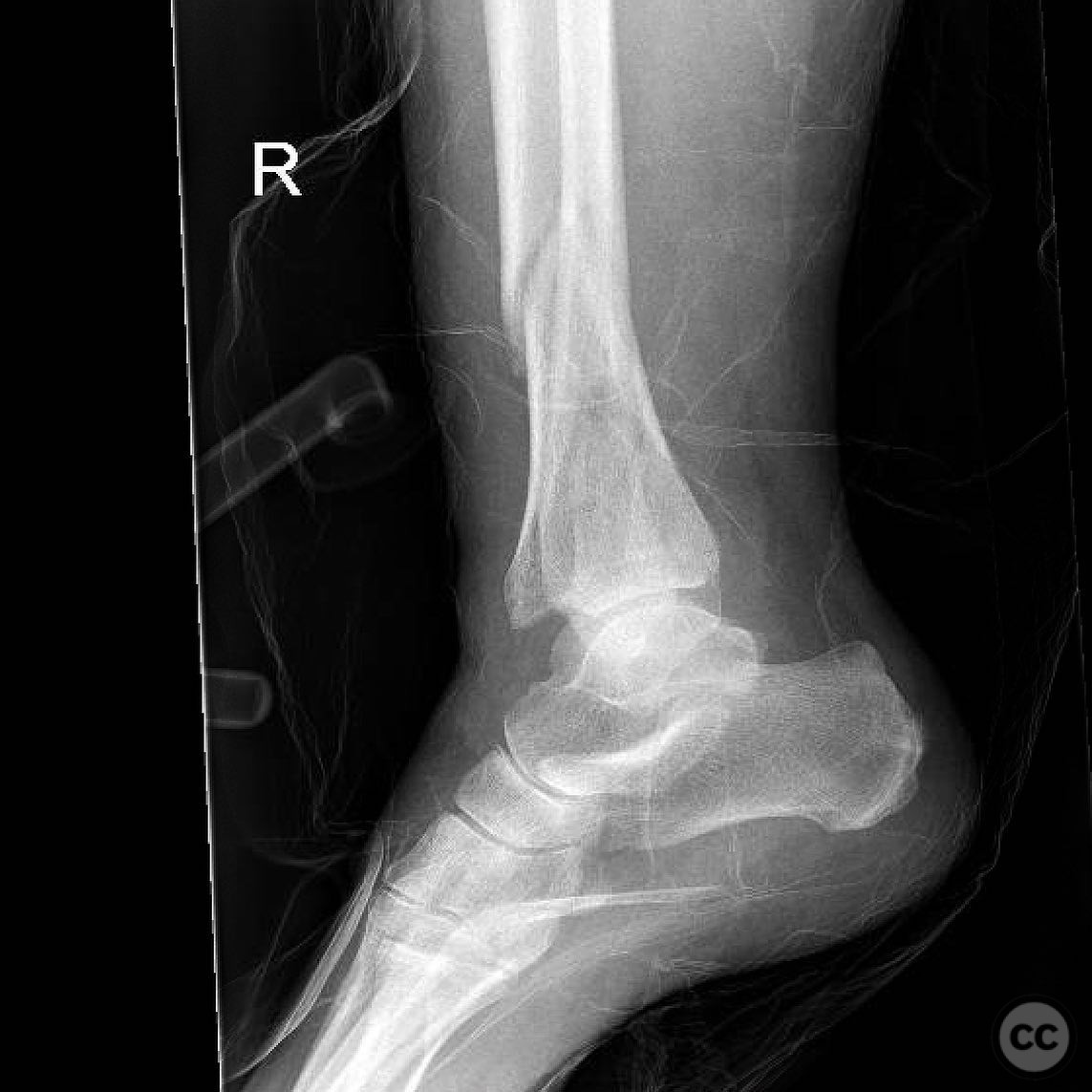
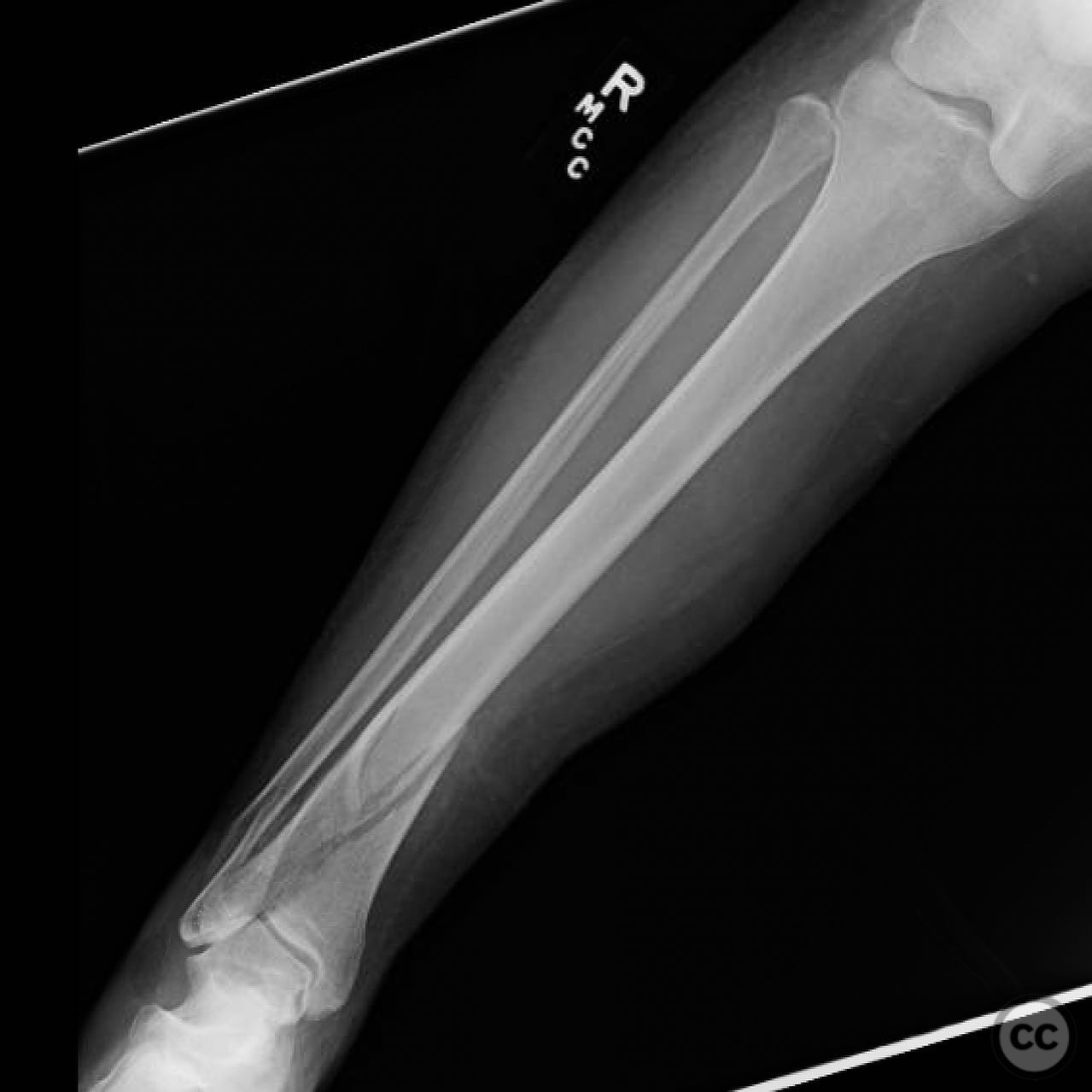
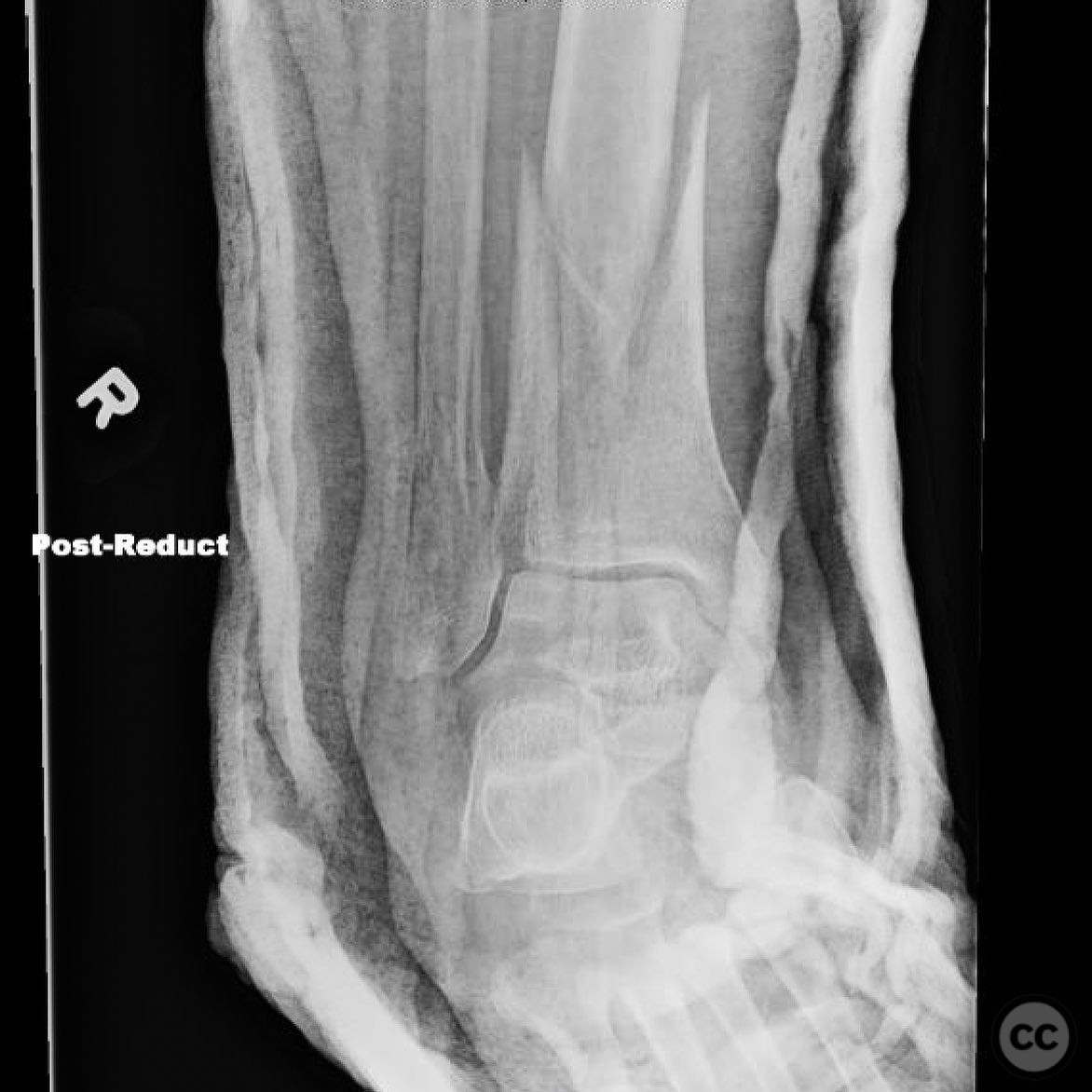
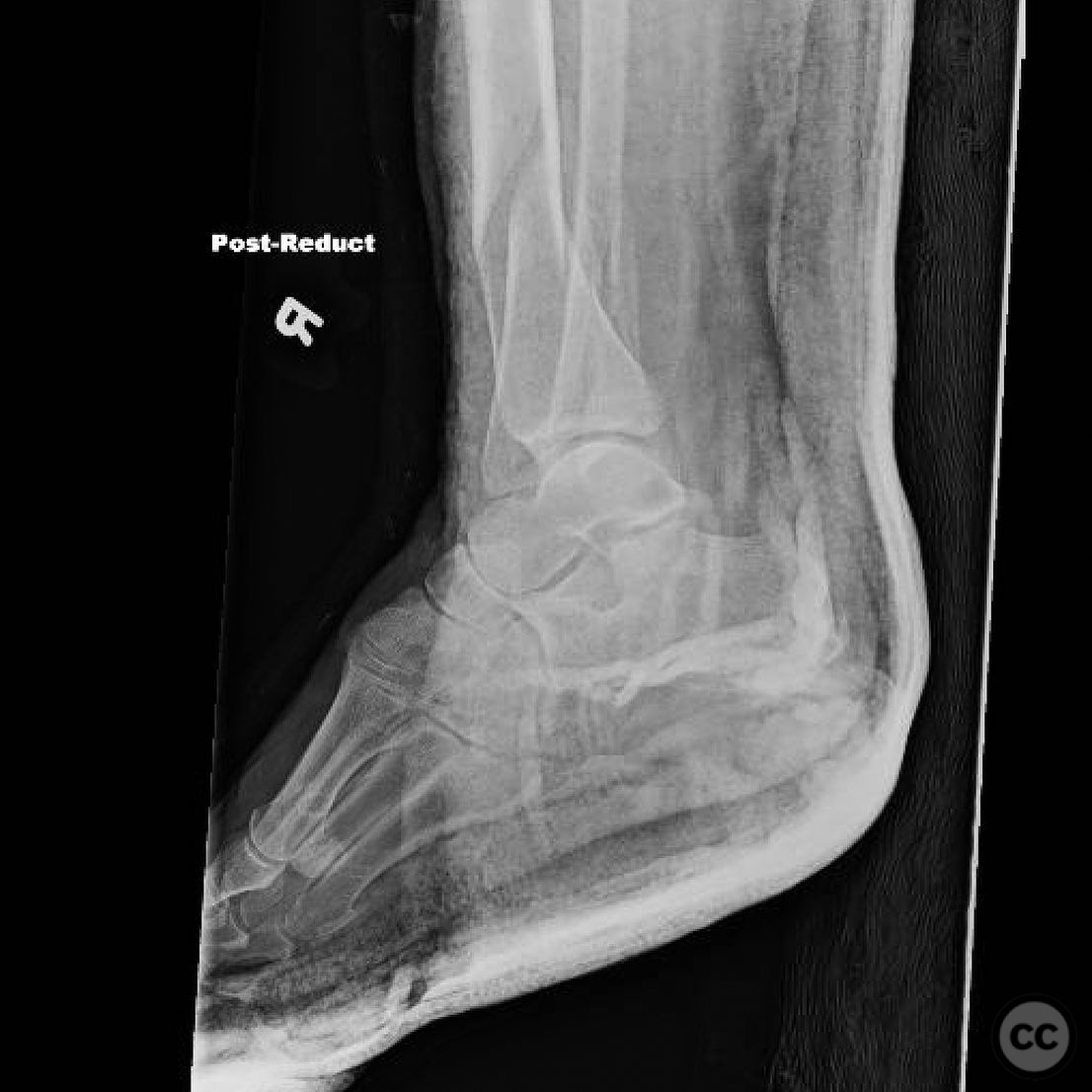
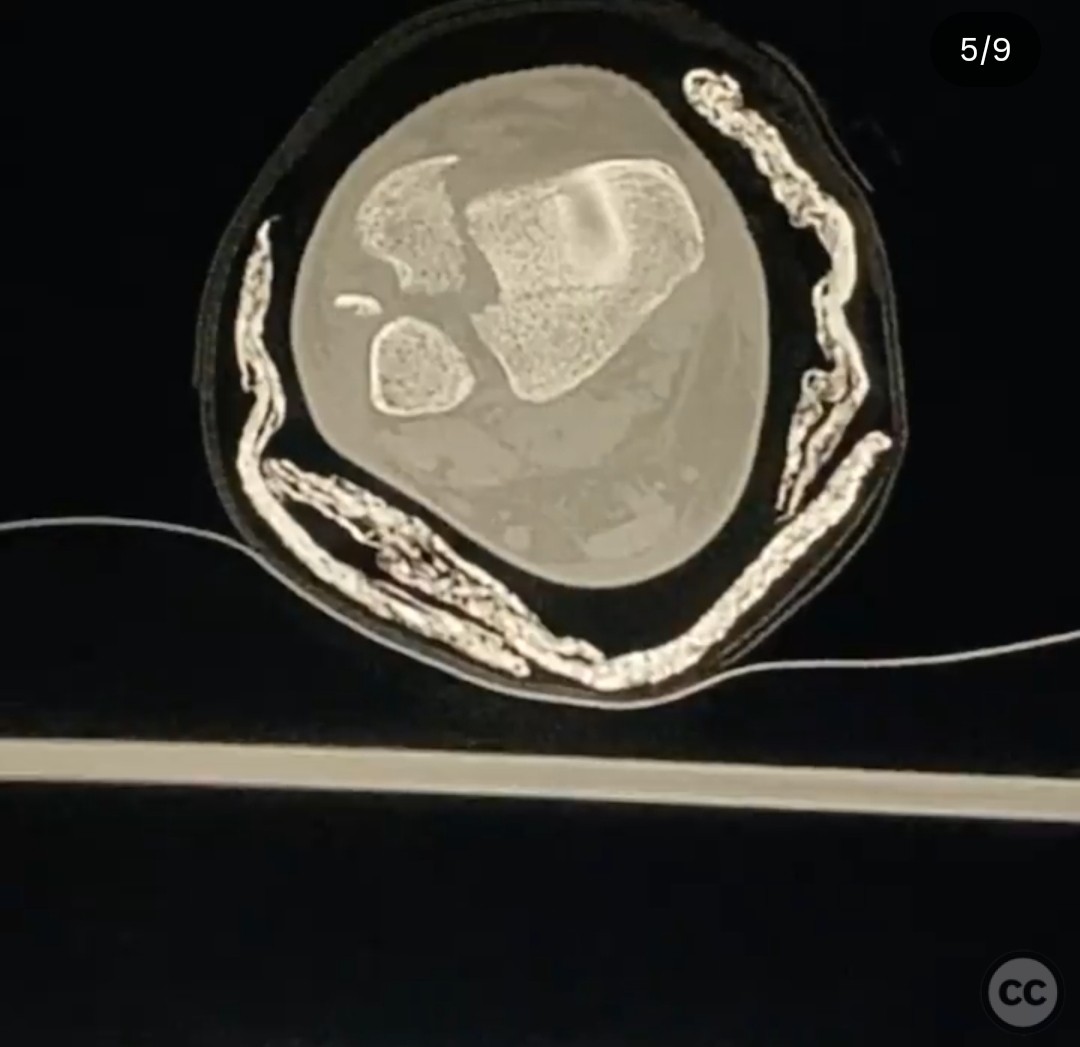
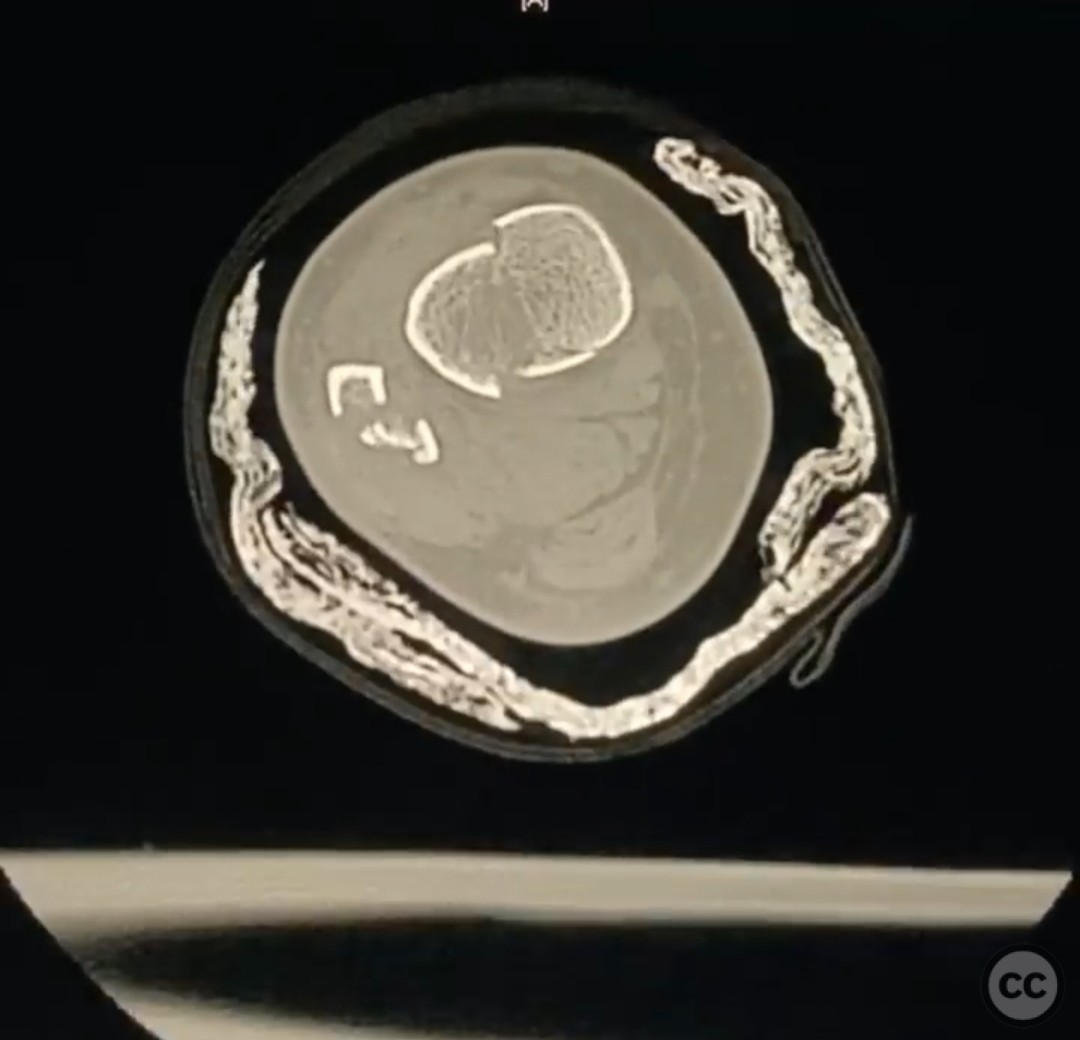
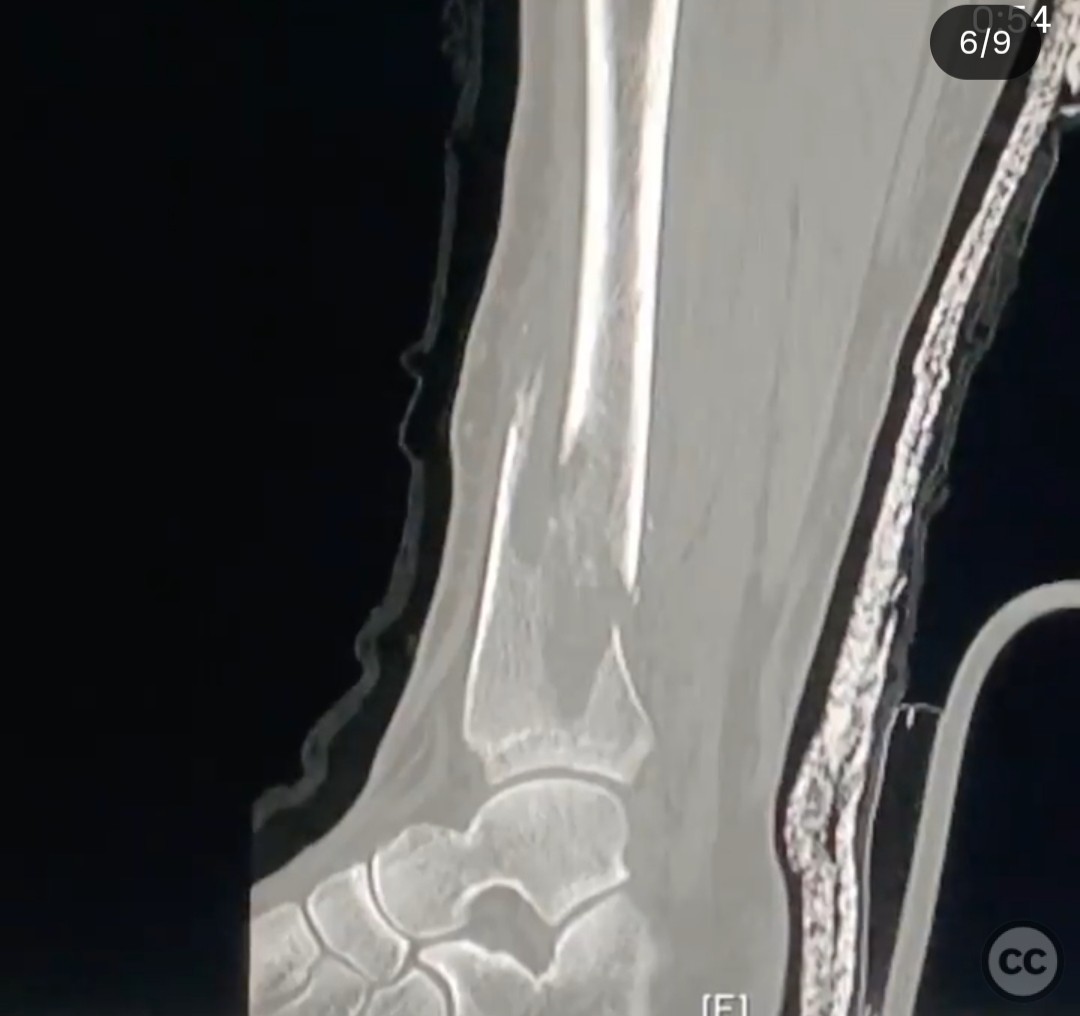
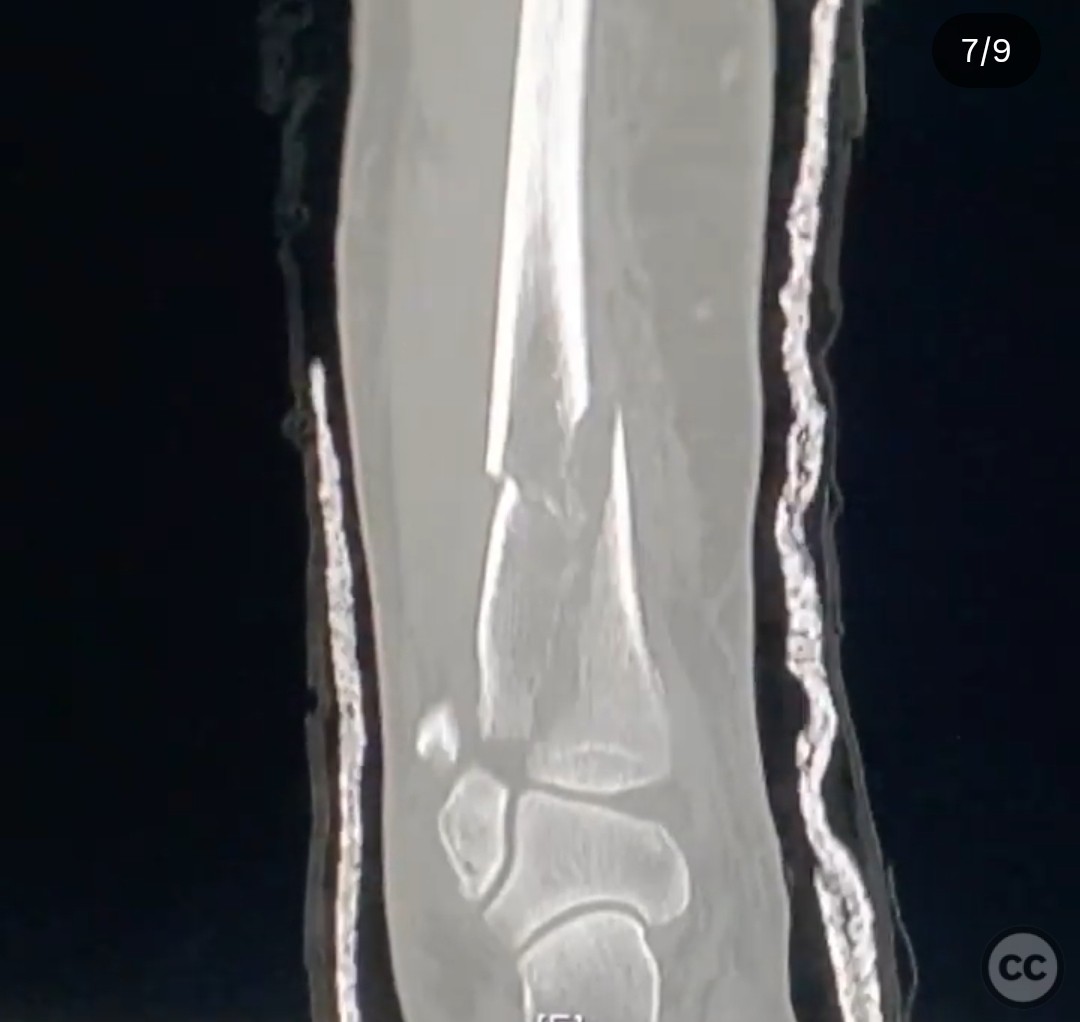

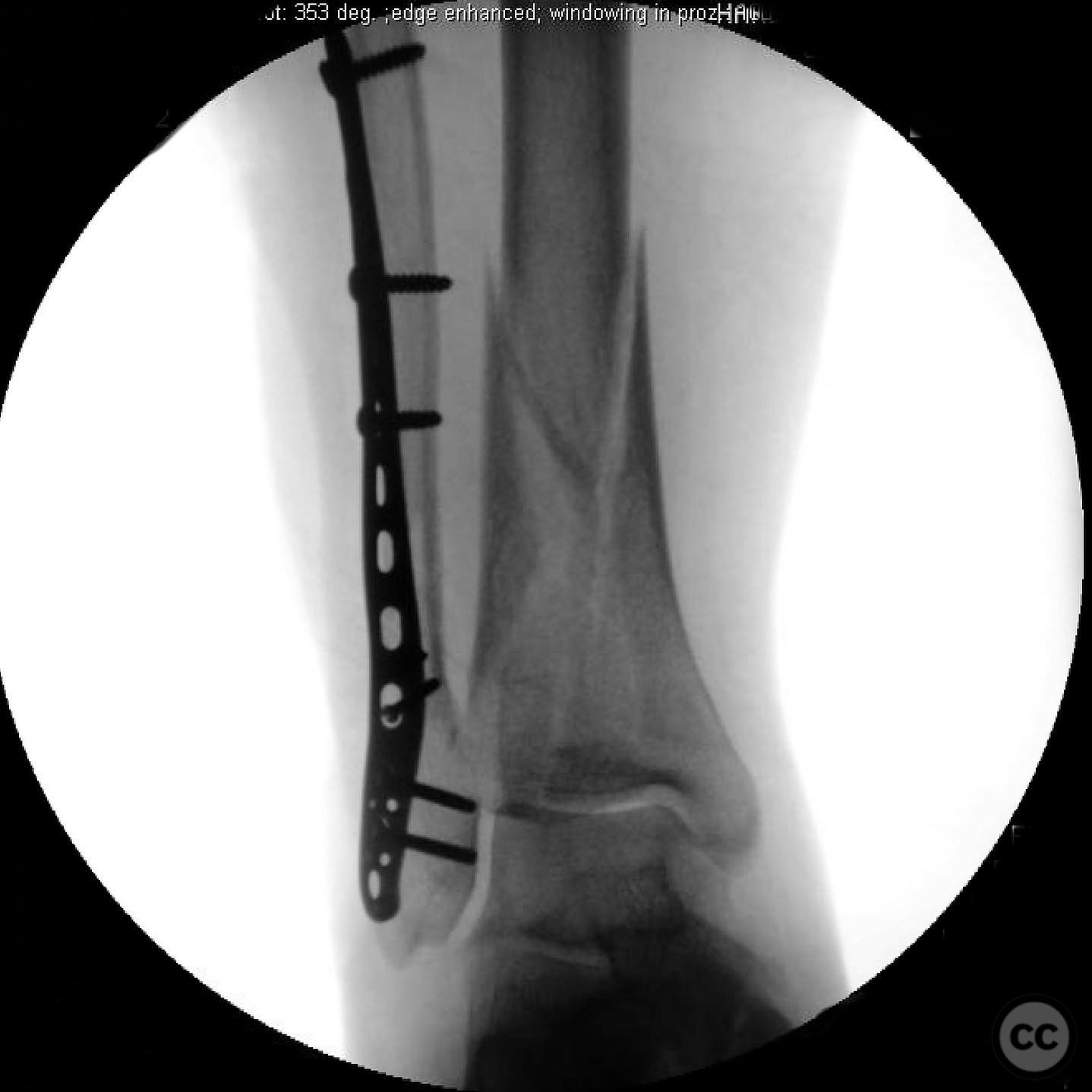

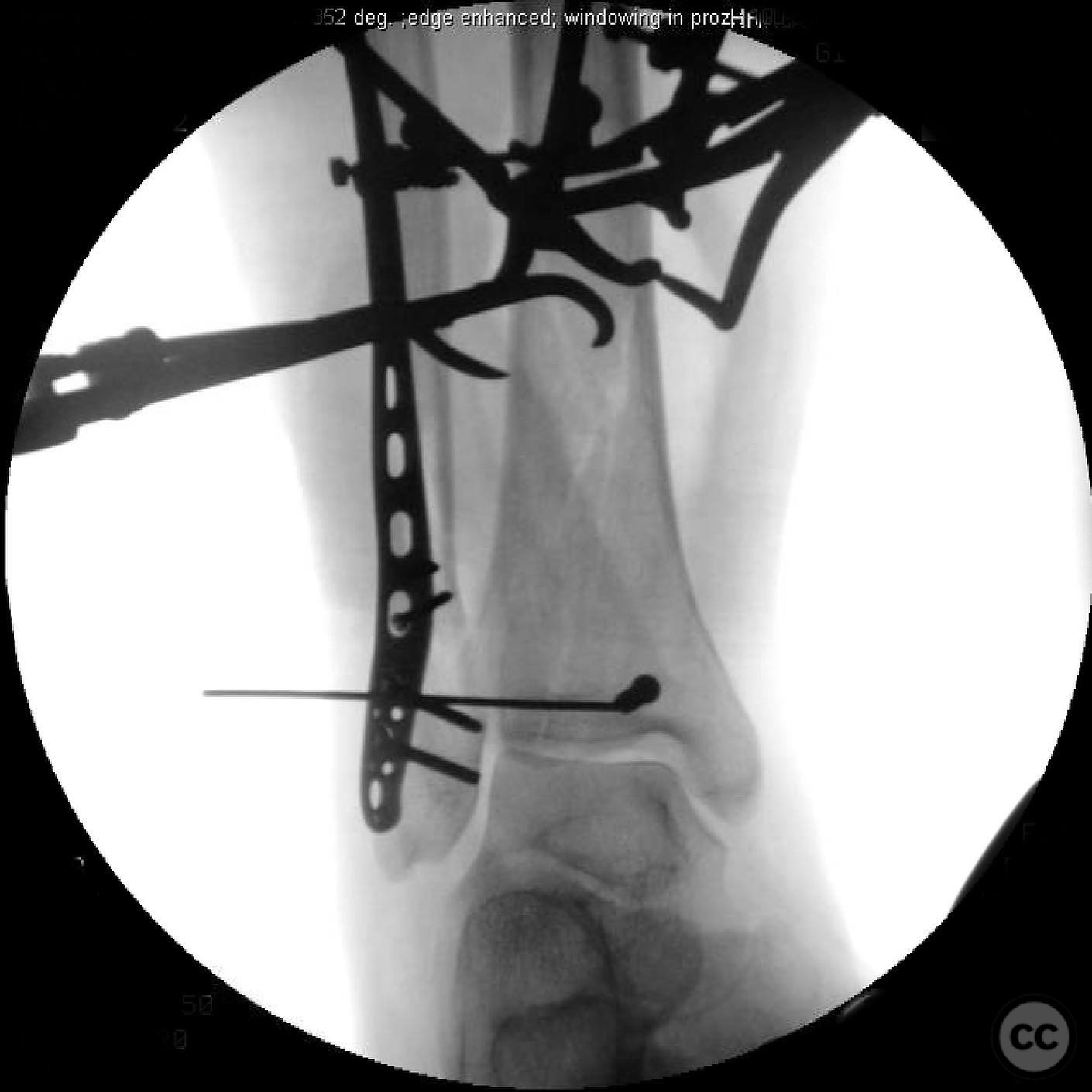


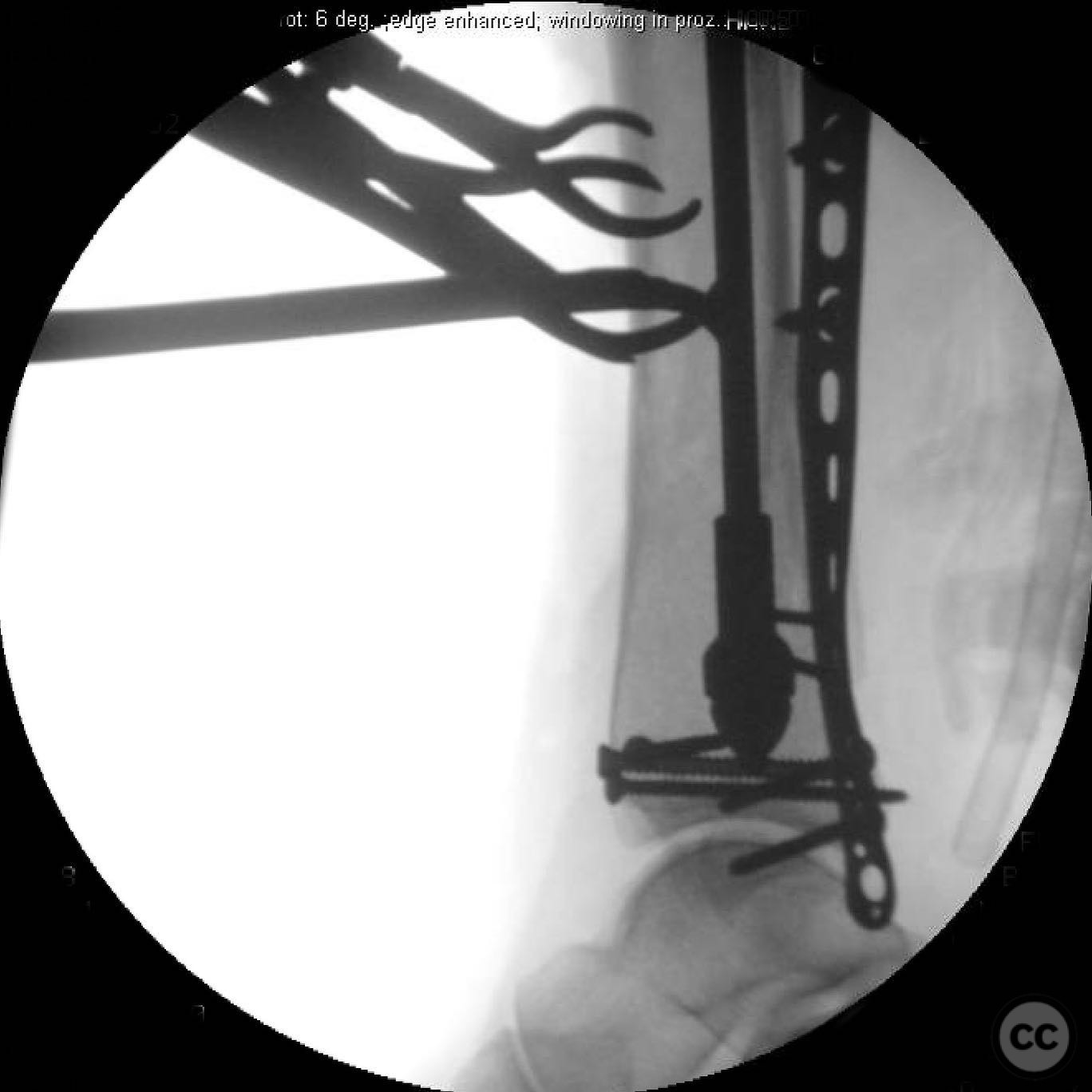


Article viewed 118 times
16 Jul 2025
Add to Bookmarks
Full Citation
Cite this article:
Surname, Initial. (2025). Single Stage ORIF of Low Energy Pilon Fracture in a 59-Year-Old Female. Journal of Orthopaedic Surgery and Traumatology. Case Report 13679100 Published Online Jul 16 2025.